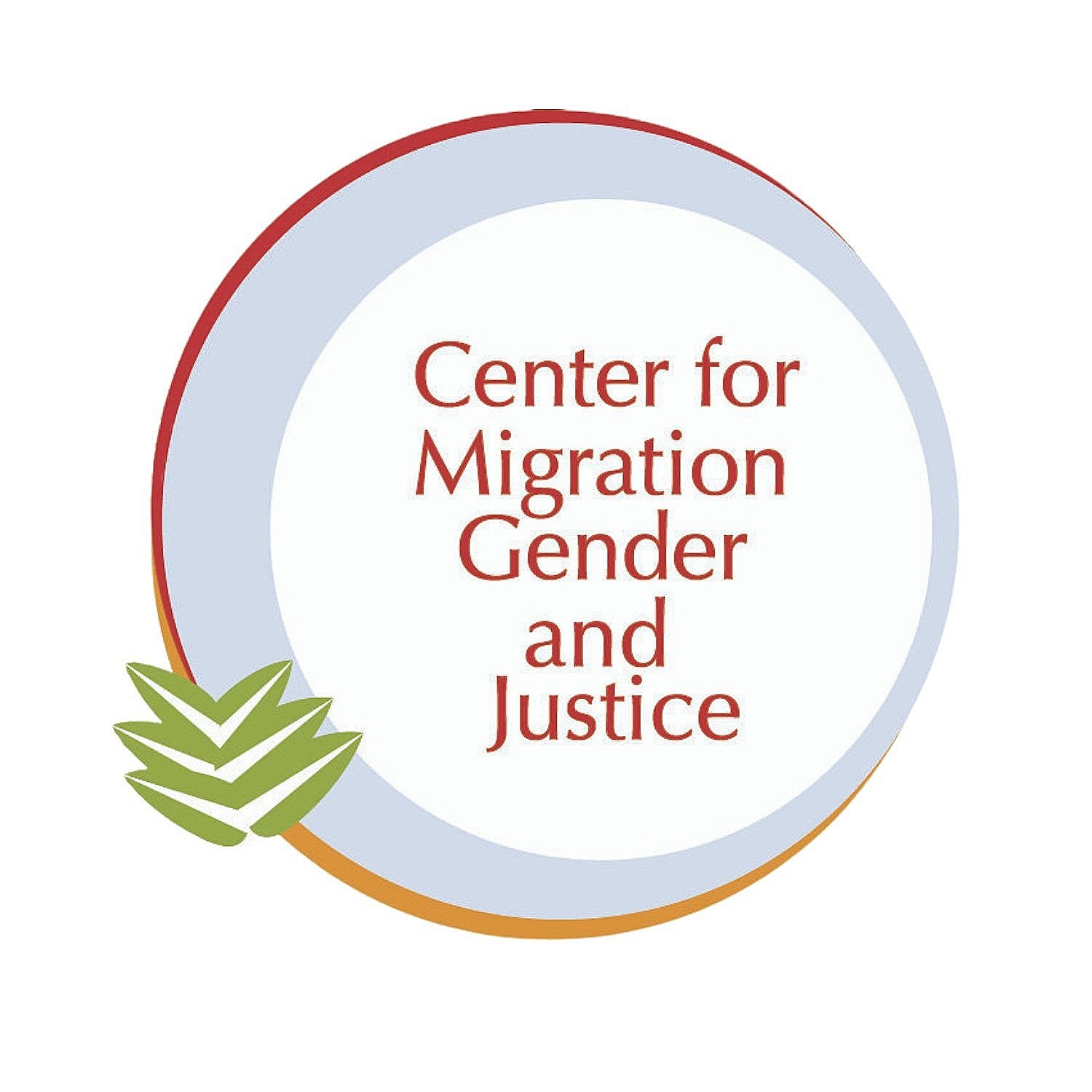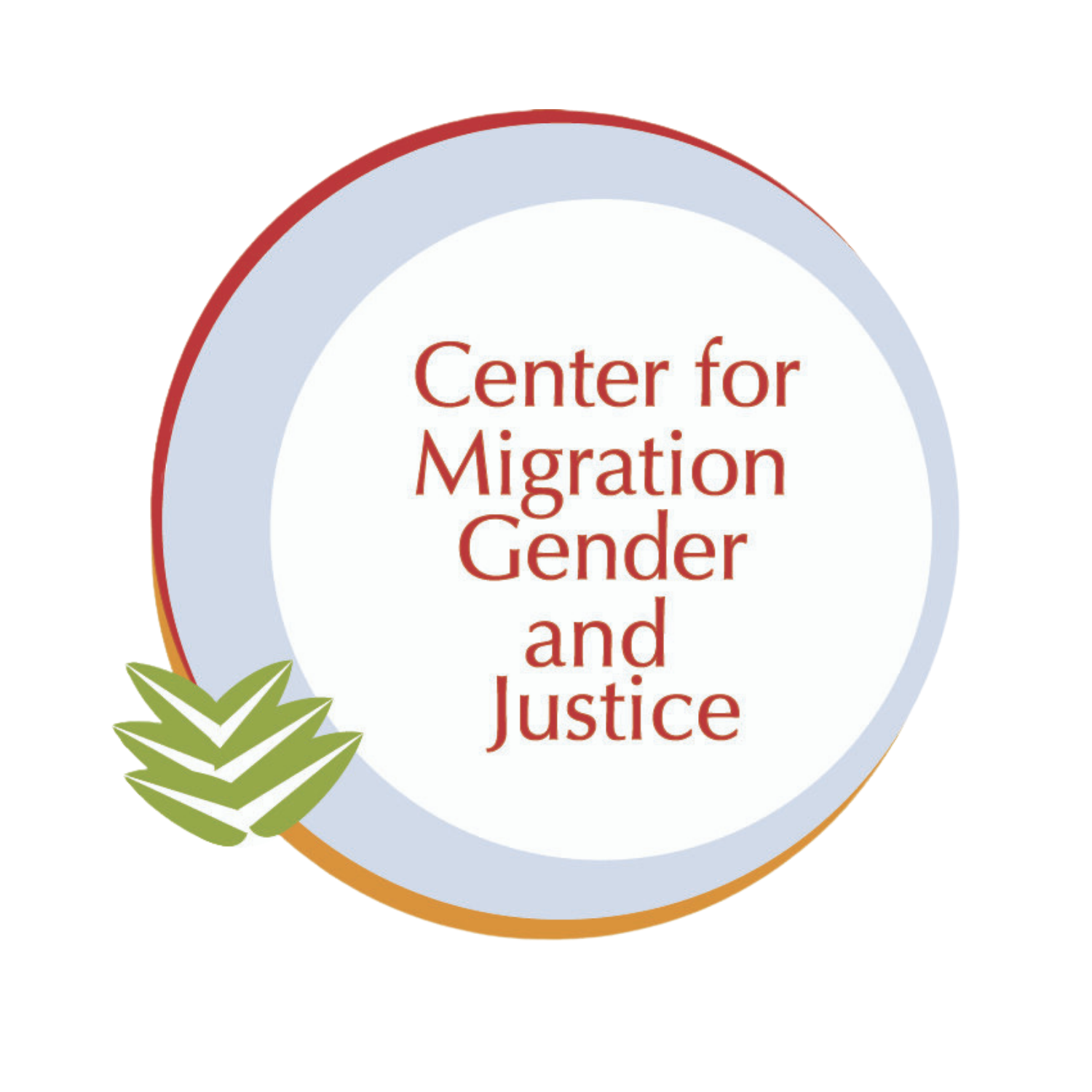A Journey of Transformation: The Role of Migrant Youth Advocates
“Together, as migrant youth advocates, we can bring about meaningful change, foster empathy, and pave the way for a society where every migrant's rights and well-being is protected and valued.”
Andrés Alberto Gallo, CMGJ Migrant Youth Advocacy Training (MYAT) Participant (2023)
Being a migrant youth advocate means embodying resilience, empathy, and determination to fight for the rights and well-being of all migrants. Through my participation in the Migrant Youth Advocacy Training (MYAT) and the European Youth Event (EYE), I embarked on a transformative journey that strengthened my understanding and experiences as a migrant youth advocate by emphasizing the importance of gender-responsiveness in migration policy and the inclusion of migrants in gender policy. These experiences not only enriched my knowledge of the challenges faced by migrant communities, but also provided me with valuable insights, perspectives, and tools to effectively advocate for migrant rights and well-being.
Transforming through the MYAT:
One of the most significant transformations that I experienced during this journey was on a personal level. As I delved deeper into the MYAT, I started to recognize the privilege that I held and how it shaped my initial understanding of migration issues. Through the various sessions and interactions with my fellow advocates in the training, I confronted my biases and became more conscious of the systemic barriers faced by migrant youth. This newfound awareness instilled a sense of responsibility and commitment to make a positive impact.
The MYAT also shaped my understanding of migration issues on a broader scale. I gained a comprehensive view of the complexities involved, ranging from legal challenges and access to education and healthcare to social integration and employment opportunities. Additionally, the training broadened my knowledge about gender-specific issues in migration such as discrimination and gender-based violence as the need for intersectional approaches that consider the unique experiences of migrants based on gender, age, ethnicity, and sexual orientation (among other factors) were emphasized. An example of this was the application of CMGJ’s Gender-Migration Index (GMI) to analyze the EU’s Regulation for Crisis and Force Majeure (CR) policy and its gender-responsiveness (or lack thereof). This knowledge equipped me with the tools and strategies to address these issues more effectively and make a meaningful difference in the lives of migrant youth.
The MYAT not only provided practical skills in research, campaigning, and networking, but it also highlighted the power of storytelling as a means to amplify the voices of migrant youth and foster empathy among policymakers and the general public.
Transforming through the EYE:
Attending the EYE further reinforced my understanding of the importance of addressing migration and gender dynamics in various policy areas. In various sessions and activities, we had discussions on the intersection of migration and gender, examining how migration policies impact individuals differently based on their gender identity and prevailing gender norms. Together, as a Migrant Youth Delegation, we attended seminars on migration in Europe, discussed EU migration policies with MEPs, and networked with other youth advocates. The interactions with experts and seasoned advocates during the EYE expanded my network, providing me with valuable mentorship and connections.
During the EYE event, my personal perspective underwent a profound shift. Engaging with migrant youth from diverse backgrounds allowed me to witness the resilience and strength they displayed despite the adversities they encountered. Their stories of overcoming challenges and striving for a better future left a lasting impression on me, fueling my passion for advocacy even further. Interacting with other participants at the EYE also provided an opportunity to exchange experiences, challenges, and best practices regarding migrant youth advocacy. It was inspiring to witness the commitment and passion of fellow youth advocates, reinforcing the notion that collective action is key to driving change.
While the EYE showcased efforts to address policies on migration and gender, there is still room for improvement. It is crucial to ensure that these issues are not treated as secondary concerns, but that they are central in decision-making processes. Migrant youth advocacy must be integrated into all aspects of the EYE, including session planning and speaker selection, to ensure a truly inclusive and representative space. To achieve migrant-inclusion, policymakers must consult directly with migrant-led organizations to gain insights and develop comprehensive strategies for the inclusion of all, Additionally, there should be increased support for programs and initiatives that empower migrant youth.
Transforming through Action:
Building on my experiences as part of the MYAT and during the EYE, I suggest the following Calls to Action to stakeholders for transforming change at the intersection of migration and gender:
Engage in strategic advocacy: Collaborate with organizations across institutional levels to influence policy-makers and to ensure gender-responsiveness and migrant-inclusion in policy!
Amplify migrant youth voices: Share personal stories and experiences through various mediums, including social media, to create awareness, address challenges and stereotypes, and humanize migration discourse!
Recognize diverse perspectives: Embrace the significance of a range of insights and expertise in shaping policies and initiatives related to migration and gender!
Break down barriers: create a supportive environment for migrant youth to fully realize their potential and contribute their talents!
Transforming through Responsibility:
As a migrant student in Germany, I am aware of the privilege that I hold compared to my fellow youth in Honduras. This comes with a responsibility to use my privilege and the opportunities taken to advocate for change. Participating in opportunities like the MYAT and the EYE gives me access to spaces where I can share ideas, raise awareness, and challenge the status quo. I understand the importance of not remaining silent and using my voice to shed light on the experiences and perspectives of migrants.
As a migrant student in Germany, I am committed to using the privilege and opportunities available to me to advocate for change. I understand the responsibility that comes with my position, and I vow to use my voice to raise awareness, question societal norms, and amplify the experiences and perspectives of migrants. By adding a different perspective, I aim to contribute to a more inclusive and empathetic dialogue surrounding migration and gender, fostering understanding and ultimately driving transformation through myself.
As a migrant student in Germany, I passionately call upon decision-makers and policymakers to embrace the voices of migrants, especially youth, who bring unique insights and experiences to the table. By including us in the decision-making process, we can develop more comprehensive and effective solutions that address the complex challenges faced by migrant communities. By breaking down barriers and creating a supportive environment, we can enable migrant youth to fully realize their potential, contribute their talents, and make a significant impact on society.
“Being a migrant youth advocate requires resilience, empathy, and a deep sense of responsibility. Together, as migrant youth advocates, we can bring about meaningful change, foster empathy, and pave the way for a society where every migrant's rights and well-being is protected and valued. Let's keep working tirelessly, leaving no one behind, and build a world that celebrates the strength and diversity of migrants.”

